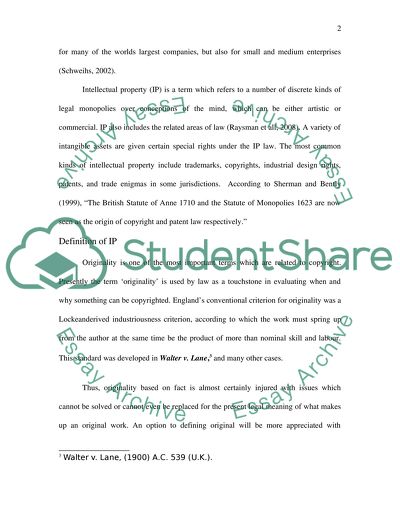Cite this document
(Concepts of Intellectual Property Law Literature review, n.d.)
Concepts of Intellectual Property Law Literature review. https://studentshare.org/law/1564915-ip-law
Concepts of Intellectual Property Law Literature review. https://studentshare.org/law/1564915-ip-law
(Concepts of Intellectual Property Law Literature Review)
Concepts of Intellectual Property Law Literature Review. https://studentshare.org/law/1564915-ip-law.
Concepts of Intellectual Property Law Literature Review. https://studentshare.org/law/1564915-ip-law.
“Concepts of Intellectual Property Law Literature Review”. https://studentshare.org/law/1564915-ip-law.


